Barry Schwabsky
-
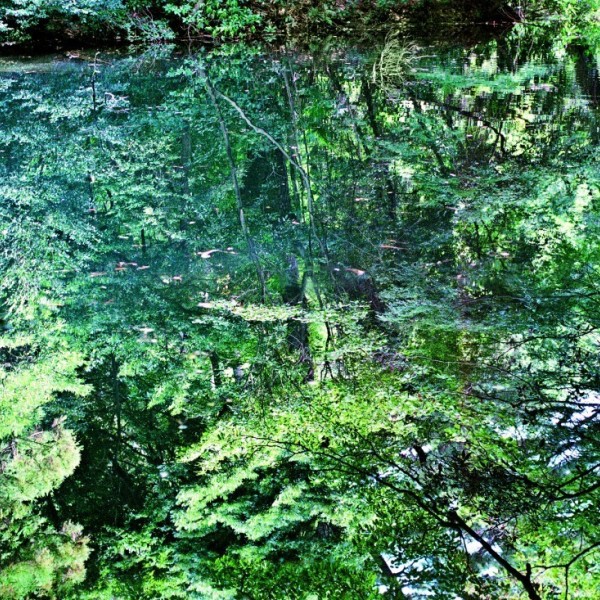
Barry Schwabsky’s PictureLibrary: Vicissitudes of Light
-

Barry Schwabsky’s PictureLibrary: Oblique Strategies
-

Barry Schwabsky’s PictureLibrary: Changes of Focus
In my brain something had shifted before I’d realized it. As a change of focus can make nearer things seem nearer and farther ones even more distant, the pandemic made necessary things more necessary, superfluous ones totally dispensable.
-
_600_600_90_s_c1.jpg)
Barry Schwabsky’s PictureLibrary: Bodies and the How of Seeing
In contrast to Scheurwater’s overriding propensity toward brazen confrontation, Scheynius cultivates an aesthetic that is sidelong and elusive even in showing the naked body—the artist’s own or that of others.
-
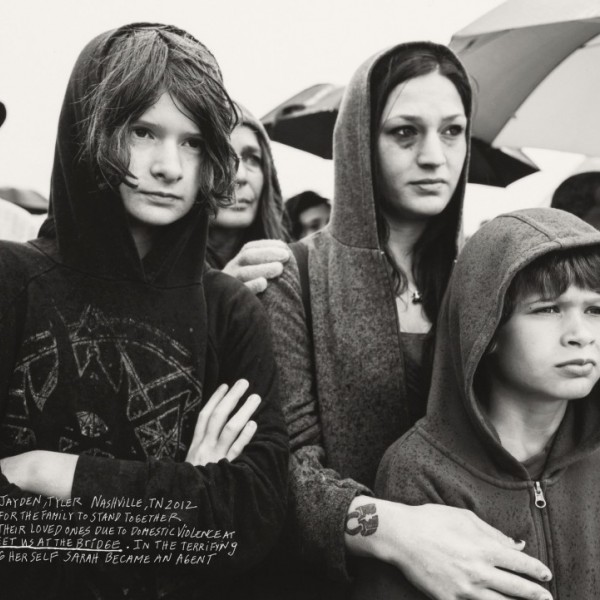
Barry Schwabsky’s PictureLibrary: Fine Focusing
Danger lives in close proximity to joy.
-

Picasso Remixed
Responding to Picasso’s enduring influence, Barry Schwabsky writes: “The only way to become a historical successor to a Picasso was to transcend him completely.”
-
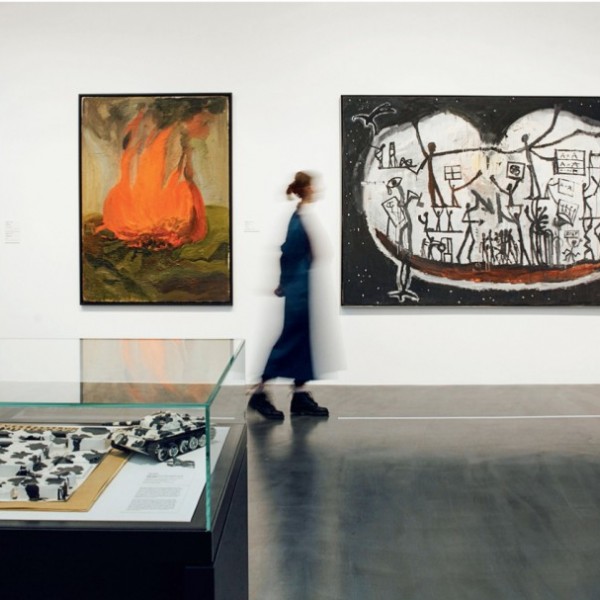
AR Penck
I hadn’t guessed that AR Penck was quite such a hero in his hometown. It hadn’t even occurred to me when I was booked into Dresden’s Penck Hotel that the coincidence of names was anything more than that, a coincidence— but no, I found the lobby filled with marvellous canvases by the artist, named Ralf Winkler by his parents, a 1939 son of the city who died in 2017.
-

Her and You
Tracey Emin’s new paintings, recently exhibited as part of the exhibition “A Fortnight of Tears” at White Cube, London, reveal an uncommon depth of feeling. Yes, her art in all its many media has always been emotionally demonstrative; you always knew what was on her mind—the passions of desire, abandonment, pleasure, revenge, or whatever was at stake in any given piece—and the work declared the feeling…
-
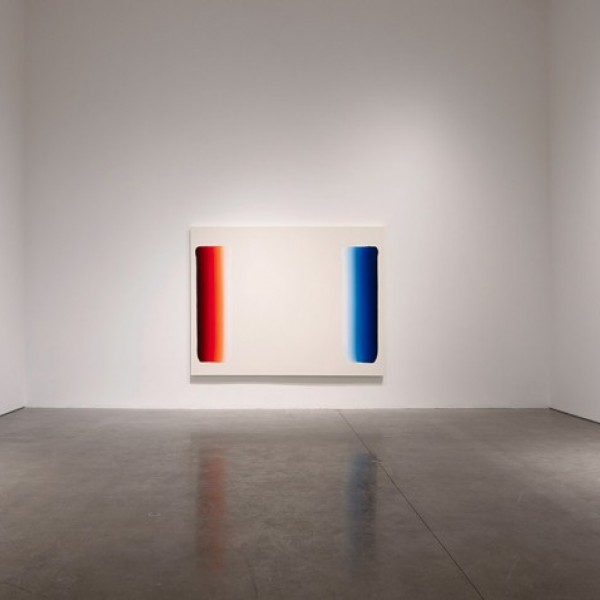
Lee Ufan
Lee Ufan is associated with two of the most important currents in the Asian art of the last half-century: Mono-ha or the “school of things” in Japan (as a participant and theorist); and (as a promoter and fellow traveller) Dansaekhwa or Korean monochrome painting—a “movement” that was recognized as such only in retrospect. But as with most outstanding artists, Lee has mostly gone his own way, and the only movement that’s been entirely relevant to his work has been the movement of his own thought. Not only a painter and sculptor but also a critic and theorist of art—his collection of writings in English translation, The Art of Encounter, 2008, is well worth seeking out—Lee was born in Korea in 1936, and in 1956 went to Japan to study philosophy (with a particular interest in phenomenology). He’s remained there since, though later spending part of his time in France as well.
-
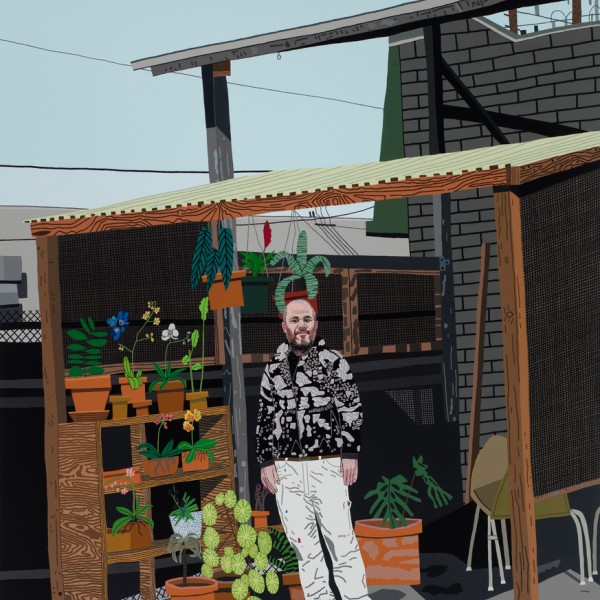
Jonas Wood
The sense of freshness and clarity conveyed by Jonas Wood’s paintings, and by their emotionally cool and unruffled air, have sometimes prevented them from being taken quite as seriously as they should be. And that was true right from the beginning—for instance, when the New Yorker ran an unsigned notice of the Angeleno’s first New York exhibition in 2007, saying, “Wood’s paintings are extremely likable—although ‘reassuring’ might be an equally apt description. Like fashion designers or musicians who draw on styles of earlier eras, Wood has hit on a formula that is at once familiar and fresh.” That’s not exactly a bashing by any means, but still, according to the art world’s implicit value system, “likable” and “reassuring” are not positive characteristics, and neither is “formula.” “Edgy,” “critical,” “confrontational” are the things to be. Wood is talented, was the implication, but lightweight, maybe even superficial.
-
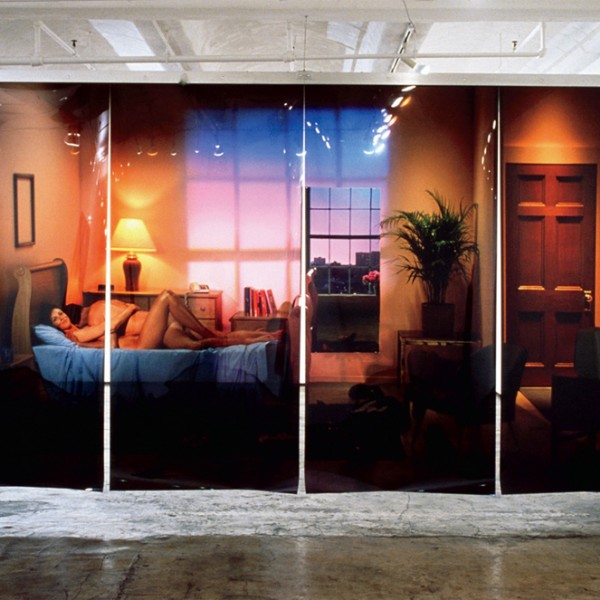
Michael Snow
-
Painting in the Interrogative Vein: The Recent Work of Sue Williams
Haven’t found what you're looking for? Explore our index for material not available online.

